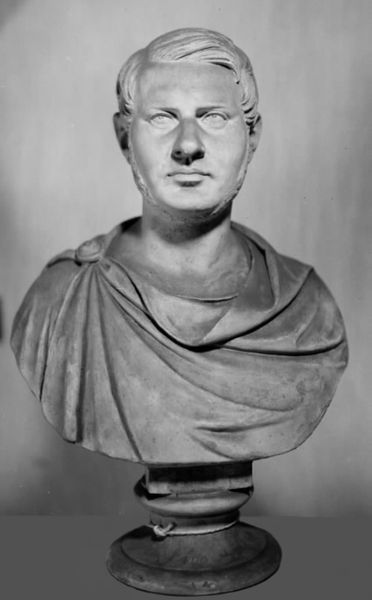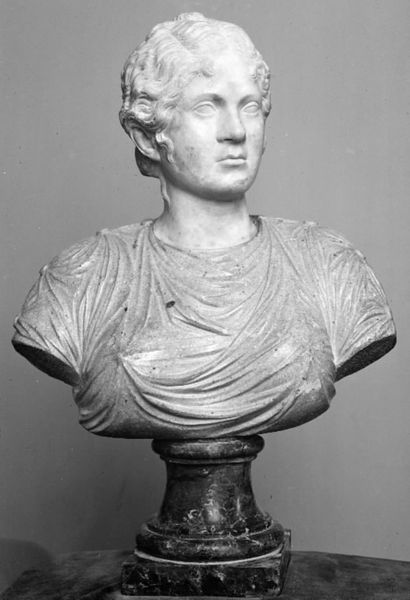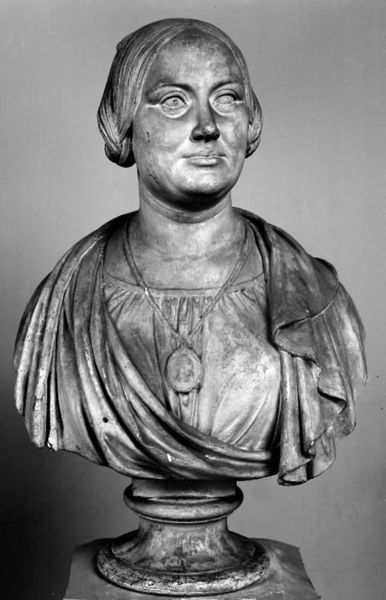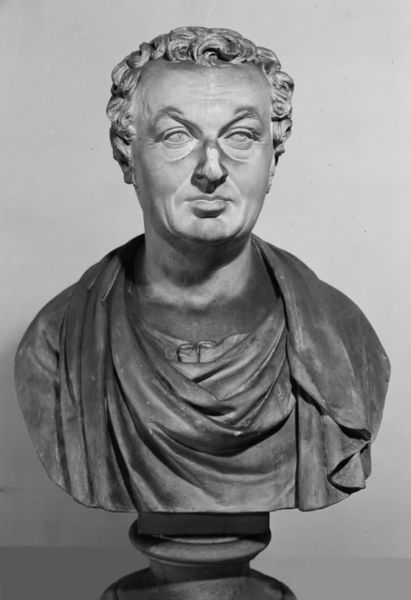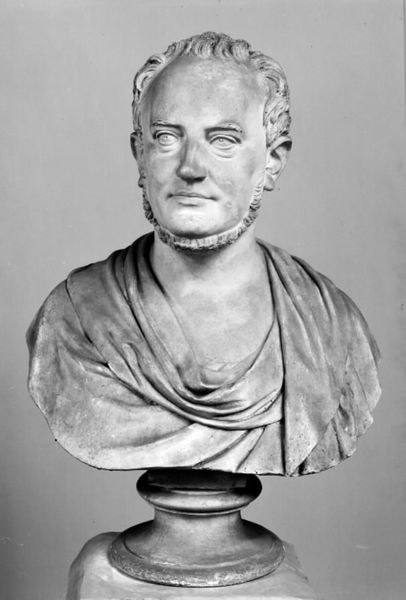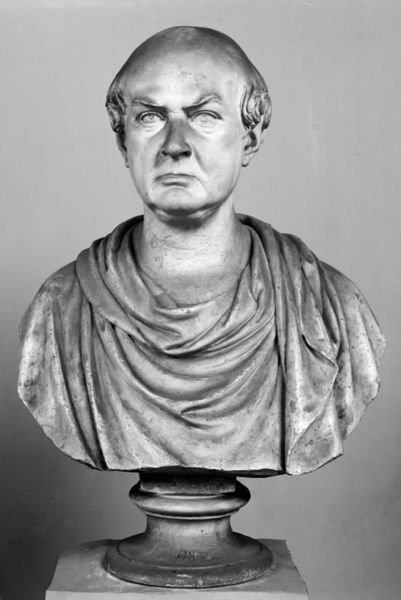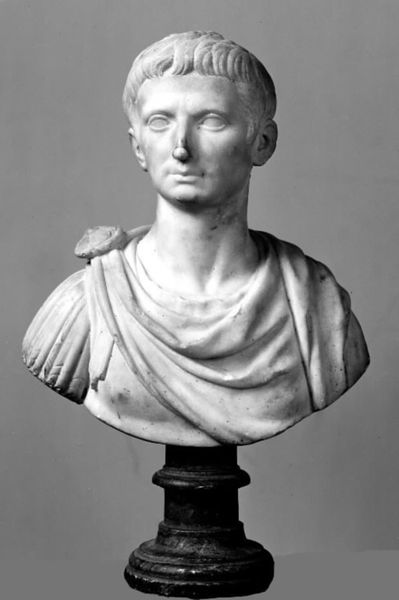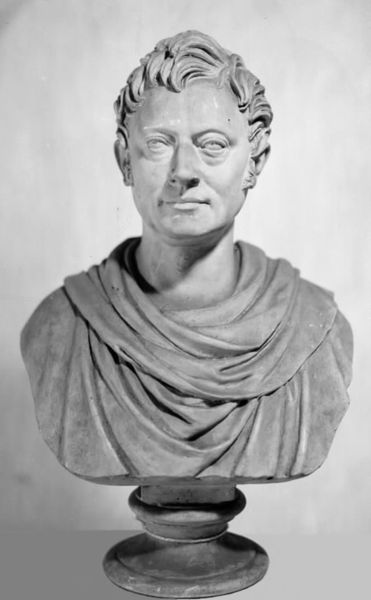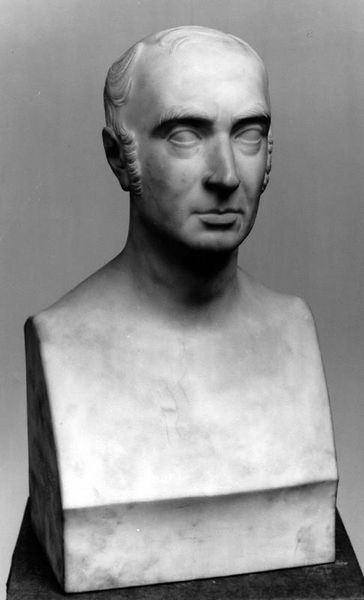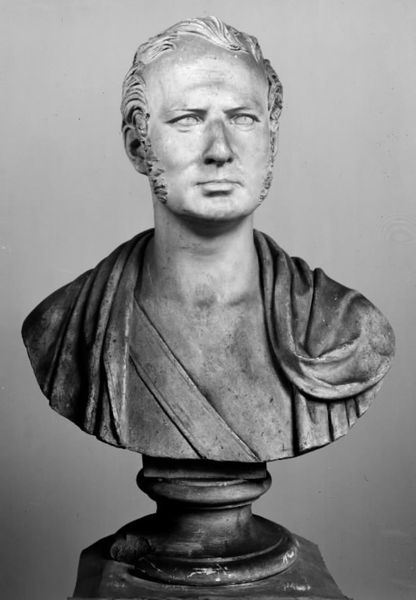
sculpture, marble
#
portrait
#
neoclacissism
#
sculpture
#
classical-realism
#
sculpture
#
cityscape
#
marble
Dimensions: 77.7 cm (height) (Netto)
Editor: This is H.W. Bissen’s "Bankier J. Hambro," a marble sculpture from 1851. It feels very…stately, and the marble gives it such a cool, smooth texture. What can you tell me about it? Curator: Consider the marble itself. Where did Bissen source it? Who were the laborers involved in quarrying and transporting this material? Marble, especially in 1851, wasn’t simply a neutral artistic medium. Its extraction and use carried significant economic and social weight. How does that affect your reading of the sculpture? Editor: That's a perspective I hadn't considered. So, the choice of marble itself speaks to Hambro's wealth and power, but also to the unseen labor behind the artwork? Curator: Exactly. Think also about the neoclassical style. It wasn’t just an aesthetic choice. Neoclassicism harked back to a specific idea of ancient Rome, laden with associations of empire, law, and established hierarchies. How is Bissen, through his sculpting, contributing to Hambro's image, and also reinforcing a specific societal structure? Editor: It’s almost like the sculpture isn't just portraying a man, but also embedding him within a system of power – both economic and historical. Curator: Precisely! Consider how the circulation of these sculptures contributed to social capital for both the artist and the subject, solidifying reputations through a physical display of wealth and connection. Editor: I hadn’t thought about it that way. The marble, the style, it all adds up to a statement about the social and economic context. It is less about the aesthetic. Thank you. Curator: And conversely, we’ve examined the economic factors behind what looks like pure aesthetics. Food for thought.
Comments
No comments
Be the first to comment and join the conversation on the ultimate creative platform.
